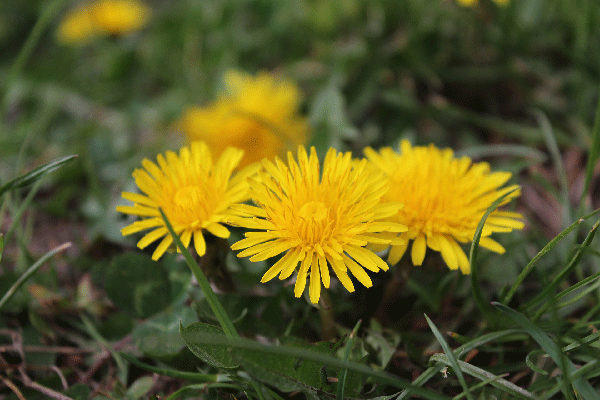| Serious Concerns | Major Symptom: |
|---|---|
| 1. Shade tree borer identification | Emerald ash borer concerns warrant professionals becoming familiar with identification of common shade tree borers |
| Minor Issues | Major Symptom: |
| 2. Snow mold | Fungal disease of turf, seldom warrants chemical control |
1. Shade tree borer identificationEmerald ash borer concerns warrant professionals becoming familiar with identification of common shade tree borers
With emerald ash borer (EAB) in the news, homeowners are paying closer attention to trees for signs of borers. When they find holes in the trunks, they may become concerned they have EAB, even if their tree is not an ash tree. It is important to be familiar with common shade tree borers and how to identify them. Many borers are identified by the exit holes the adult makes when emerging from the tree. Other insects that create holes in trees include bark beetles, which are not borers. Woodpeckers, like yellow bellied sapsuckers, also create holes in tree bark that may be confused for insect borer holes. Unlike EAB, most borers attack stressed trees and leave healthy trees alone so they are not as great of a concern as EAB, which attacks healthy and stressed trees; and control is not always needed or warranted.
Decline in Ash Trees: Borers and Bark Beetles, Nebraska Forest Service
This publication from the Nebraska Forest Service shows the borers and emergence holes of our common borers to help with identification.
Insect Borers of Shade Trees and Woody Ornamentals, Nebraska Extension
2. Snow MoldFungal disease of turf, seldom warrants control
Snow Mold is a fungal disease that appears in early spring as snow melts. Pink (Fusarium patch) and gray (Typhula blight) snow molds can both become under snow cover, but require a specific set of conditions to develop. Those conditions were not present when snow fell and the likelihood of snow mold development is year is low. Snow mold is most likely to develop when snow falls on unfrozen soil. We had cold enough temperatures prior to snow cover that this was not the case this year. Gray snow mold requires snow cover to develop. Pink snow mold does not need snow cover. A lawn would need to have a history of snow mold to justify the use of a fungicides.
Gray Snow Mold, Purdue Extension
Pink Snow Mold, Purdue Extension
Reference to commercial products or trade names is made with the understanding that no discrimination is intended and no endorsement by Nebraska Extension is implied. Use of commercial and trade names does not imply approval or constitute endorsement by Nebraska Extension. Nor does it imply discrimination against other similar products.

